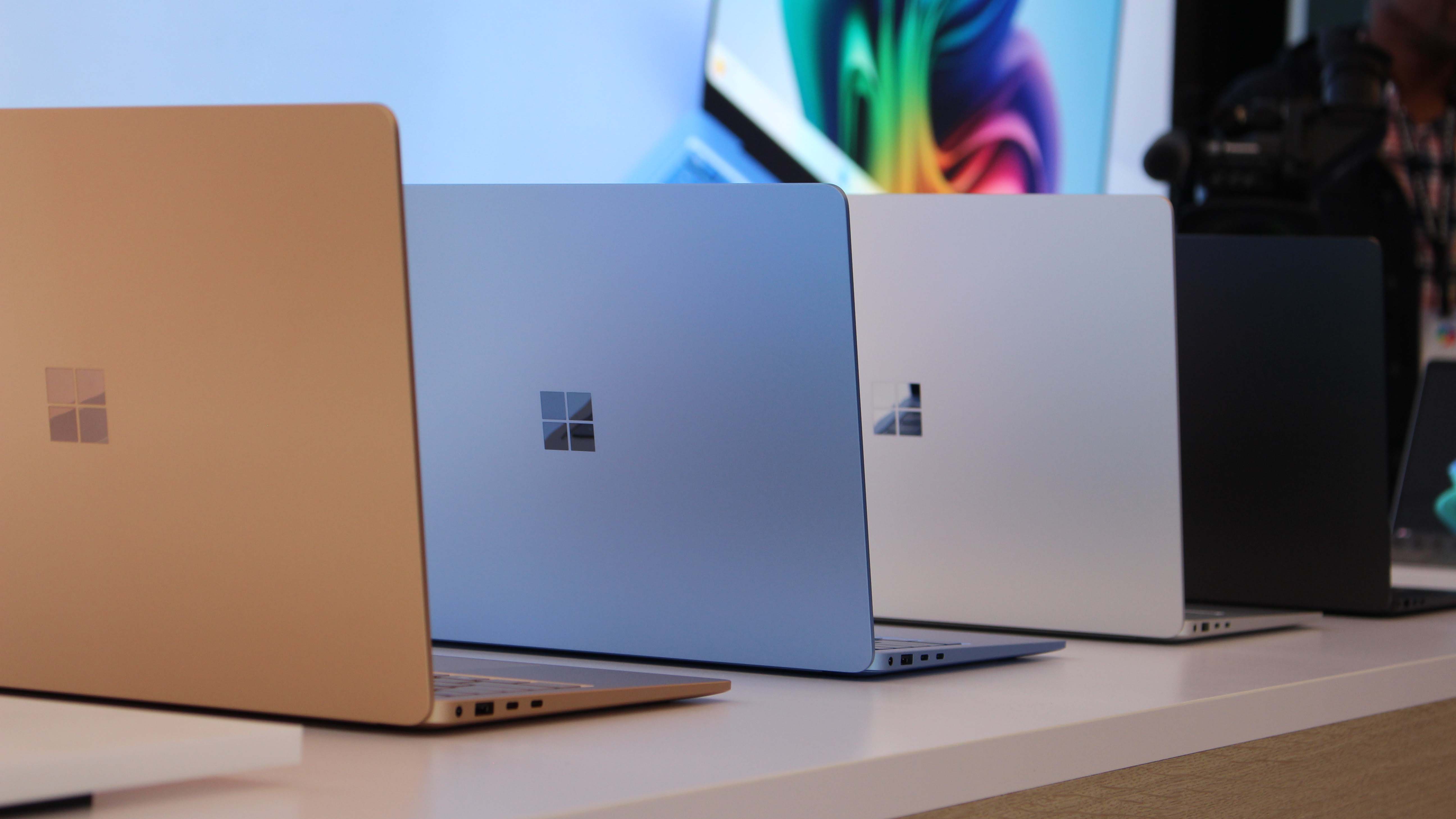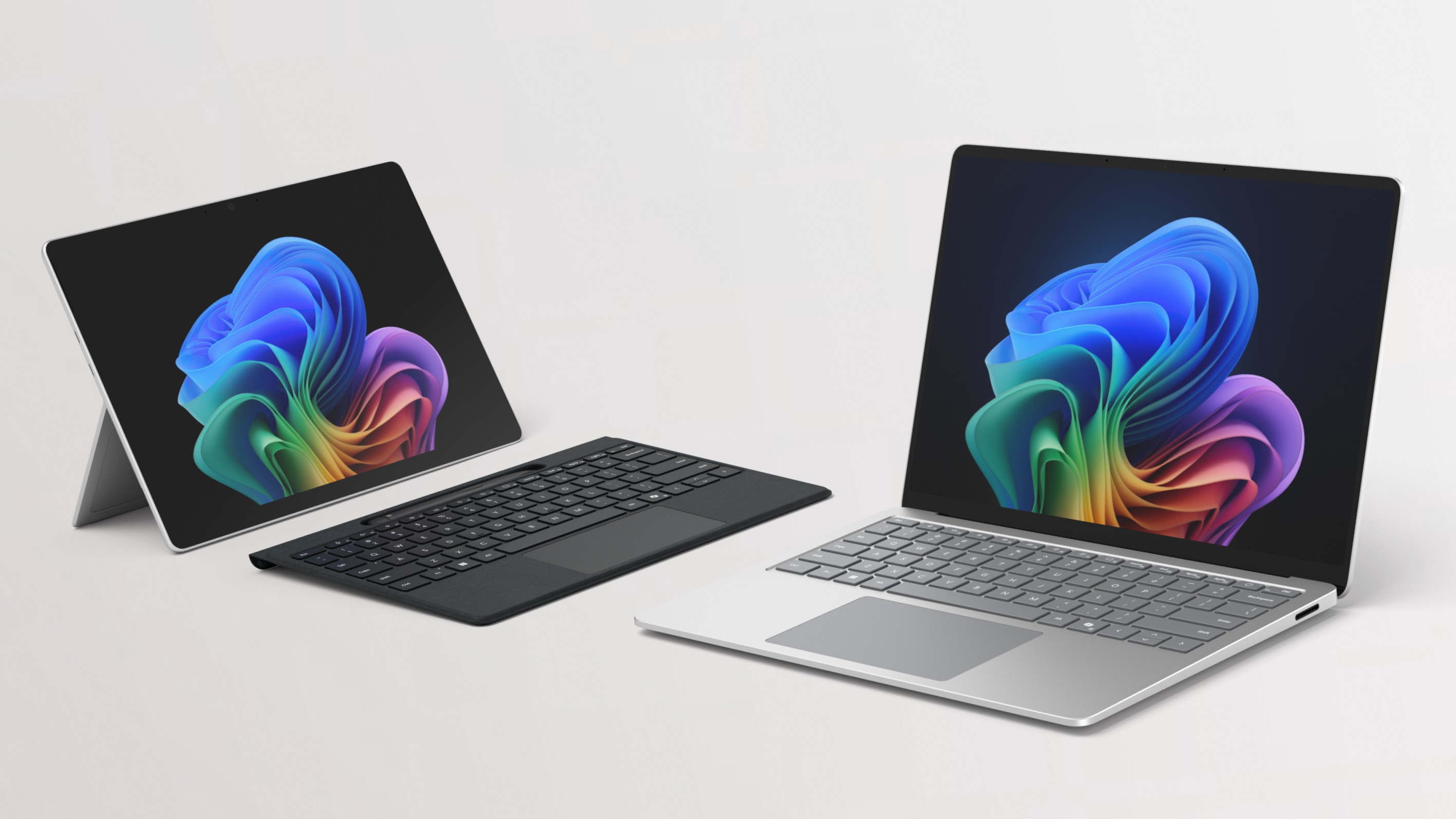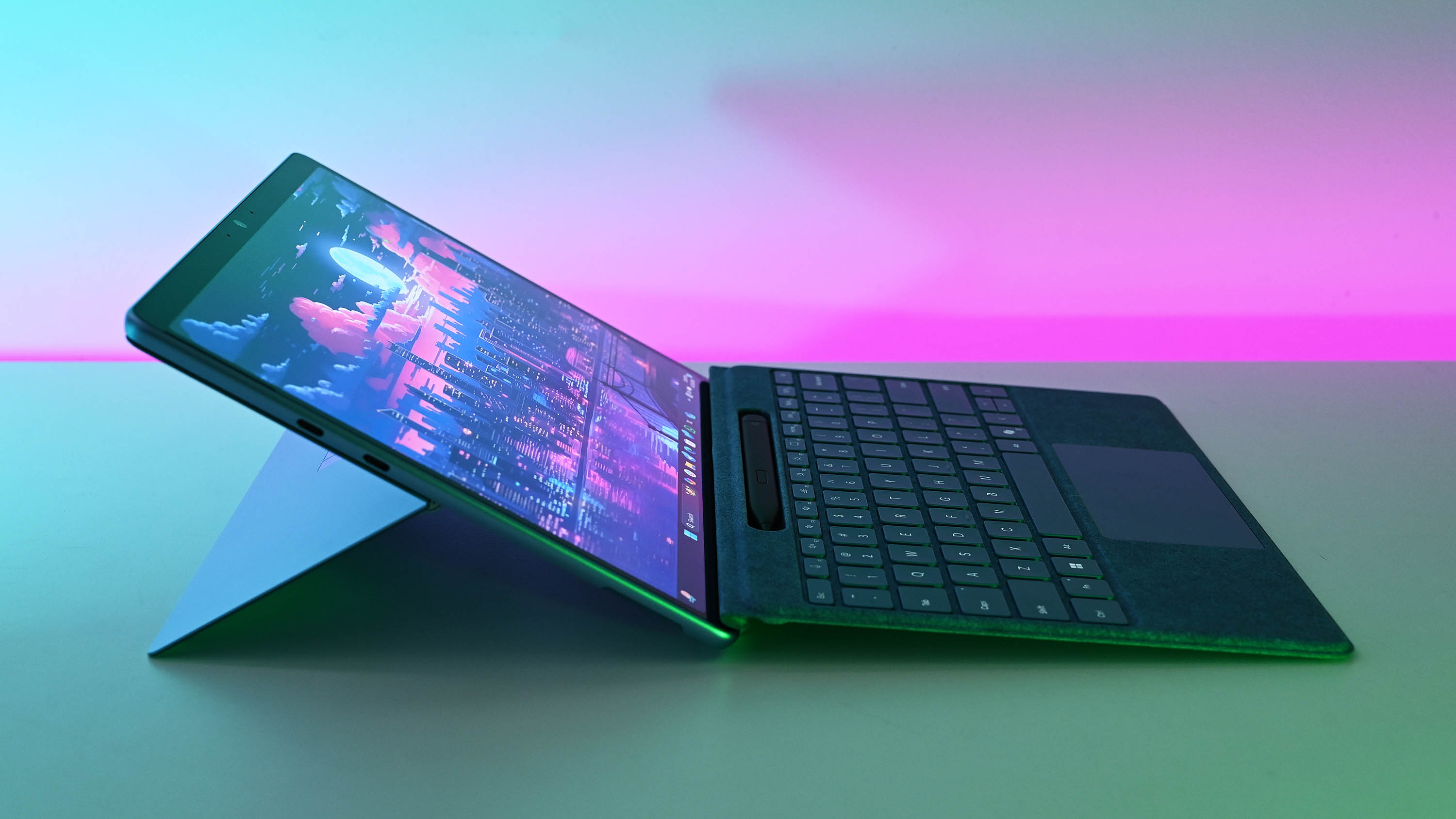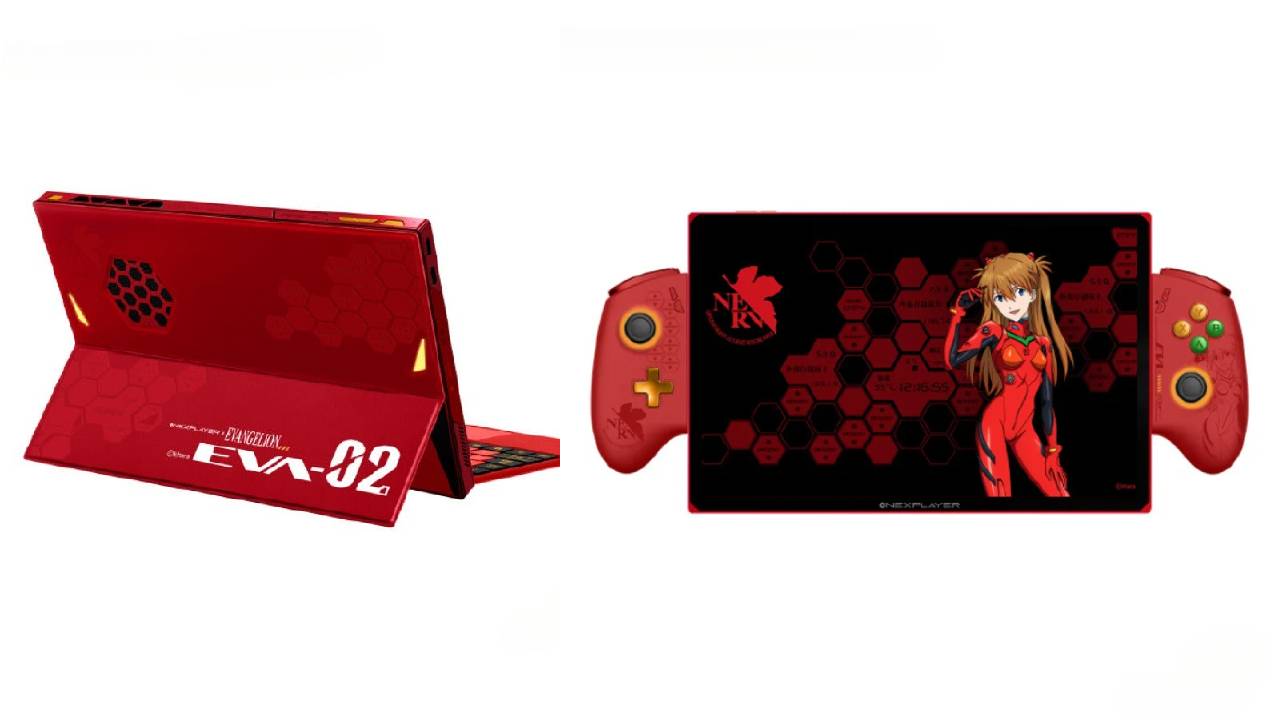The Surface you know and love (or hate) is dead — Microsoft's Windows hardware enters a new era
Microsoft Surface today is all about maintaining Windows ecosystem health and sticking to the status quo, not experimental new form factors and categories.

Surface has entered into a new era, and you might not have even noticed. In the last 18 months, big changes have occurred in the Surface division internally at Microsoft, and it began with the departure of Panos Panay and introduction of new leadership, tasked with tightening the leash and refocusing the Surface portfolio.
In the past, Surface was all about unique form factors and experimental hardware. In some ways, it was anti-Apple in its approach to hardware design. The Surface RT/Pro, Surface Book, and Surface Studio were products that Apple would simply never make, and that’s what made Surface special and exciting.
Microsoft also used Surface to set the narrative and dictate where it thinks the Windows ecosystem should head. This was the case with the Surface RT/Pro with Windows RT/8, the Surface Book with Windows 10, the Surface Neo with Windows 10X, and the Surface Laptop Studio with Windows 11.
Today however, things seem very different. The current wave of Surface hardware isn’t interested in being experimental or unique. It wants the latest Surface Pro and Surface Laptop to blend in with the market and appeal to the largest possible audience, and that means ensuring its latest hardware doesn’t rock the boat.
Unfortunately, that means the more extravagant Surface hardware of yesteryear no longer has a place in today’s Surface portfolio. Devices like the Surface Studio and Surface Duo that appealed to niche markets have been given the boot, and the focus is now entirely on hardware that resonates with business customers and wider markets.
Boring is necessary, for the greater good

Last year, Microsoft kickstarted a new category of AI-powered Windows computers called Copilot+ PCs, spearheaded by Surface and Snapdragon X. In a lot of ways, this launch hearkened back to the original Surface RT/Pro launch in 2012, which were designed to set the stage for a new category of Windows PC and raise the bar for OEMs to follow.
Of course, the launch of Windows RT/8 and Surface RT/Pro ultimately flopped, and it’s fair to say that was mostly because of Microsoft’s heavy handedness in its approach. The company wanted to push forward Windows on Arm, a new category of hardware, and new Windows experiences that the market ultimately rejected all at once.
Get the Windows Central Newsletter
All the latest news, reviews, and guides for Windows and Xbox diehards.
It was all very exciting, but ultimately too much change for most people. Comparatively, the Copilot+ PC launch has taken a far more conservative approach in pushing forward new category and platform changes. But all three pillars remain: Windows on Arm, a new category of hardware, and new Windows experiences.
Except this time, it’s less about radical new form factors and Windows experiences, and more about pushing things forward while maintaining the status quo as much as it can. The new Surface PCs aren’t experimental new devices, but revisions on tried and tested designs. The new Windows experiences aren’t part of a new Windows 12, but rather an update to the already familiar Windows 11.
Most importantly, the Copilot+ PC launch gave Windows on Arm an opportunity to shine. Snapdragon chips are finally at a point where they can compete in the Windows ecosystem in both performance and compatibility aspects. This was essentially a relaunch for Windows on Arm, and so it needed to stick the landing.
This conservative approach was vital to ensure the success of the Copilot+ PC launch. Alienating the market once again wasn't an option. Microsoft needed to "normalize" Windows on Arm while pushing new AI experiences to advance the Windows platform, and the best way to ensure this sits well with the market is to not rock the boat as much as possible. That means Surface & Windows needed to be boring.
Had Copilot+ PCs launched five years ago, I can easily imagine them launching with a radical new Surface form factor of some kind, alongside a new version of Windows that significantly changes how the platform looks and feels, potentially alienating the market once more.
The purpose of Surface

Surface has always been about setting the stage for the Windows ecosystem, and I don't think that has changed. It's the execution that has changed, taking a more conservative approach in dictating the narrative and focusing more on overall Windows ecosystem health rather than trying to create new markets.
Surface today is more focused on what's on the inside rather than the outside. Things like NPUs and the AI experiences that utilize them is what's important for the Windows ecosystem right now, and that's where Surface still serves its purpose when it comes to dictating the path for Windows.
To be clear, the latest Surface PCs are excellent. The Surface Pro 11 and Surface Laptop 7 are Microsoft's best hardware yet, and I believe the company will continue to strive to build the best products it can. However, it's obvious that the focus is no longer on bombastic form factor exploration, but rather, perfection on mainstream categories.
I think that going forward, Microsoft will leave form factor experimentation up to its OEM partners, and Surface will be used to "validate" new form factors as popularized by the market. Lenovo is already pushing the boat out with radical new designs, and if any happen to catch on, Windows and Surface will respond.
Ultimately, I believe we're now in an era of stability and conservatism in the Surface space. I don't think we're going to see big hardware or software changes for at least a while, as the company focuses on getting Windows 10 users to move to Windows 11 and Copilot+ PCs.
That might change in the future, but for now, buckle in for sensible Surface devices and iterative updates, because that's what the market wants right now.

You must confirm your public display name before commenting
Please logout and then login again, you will then be prompted to enter your display name.
